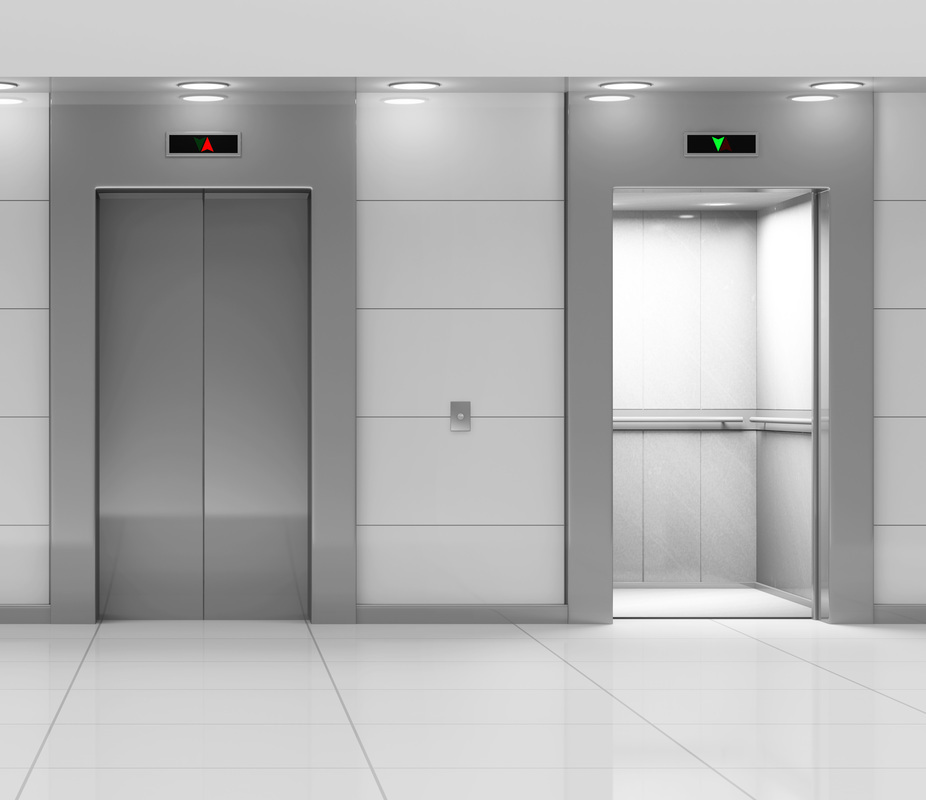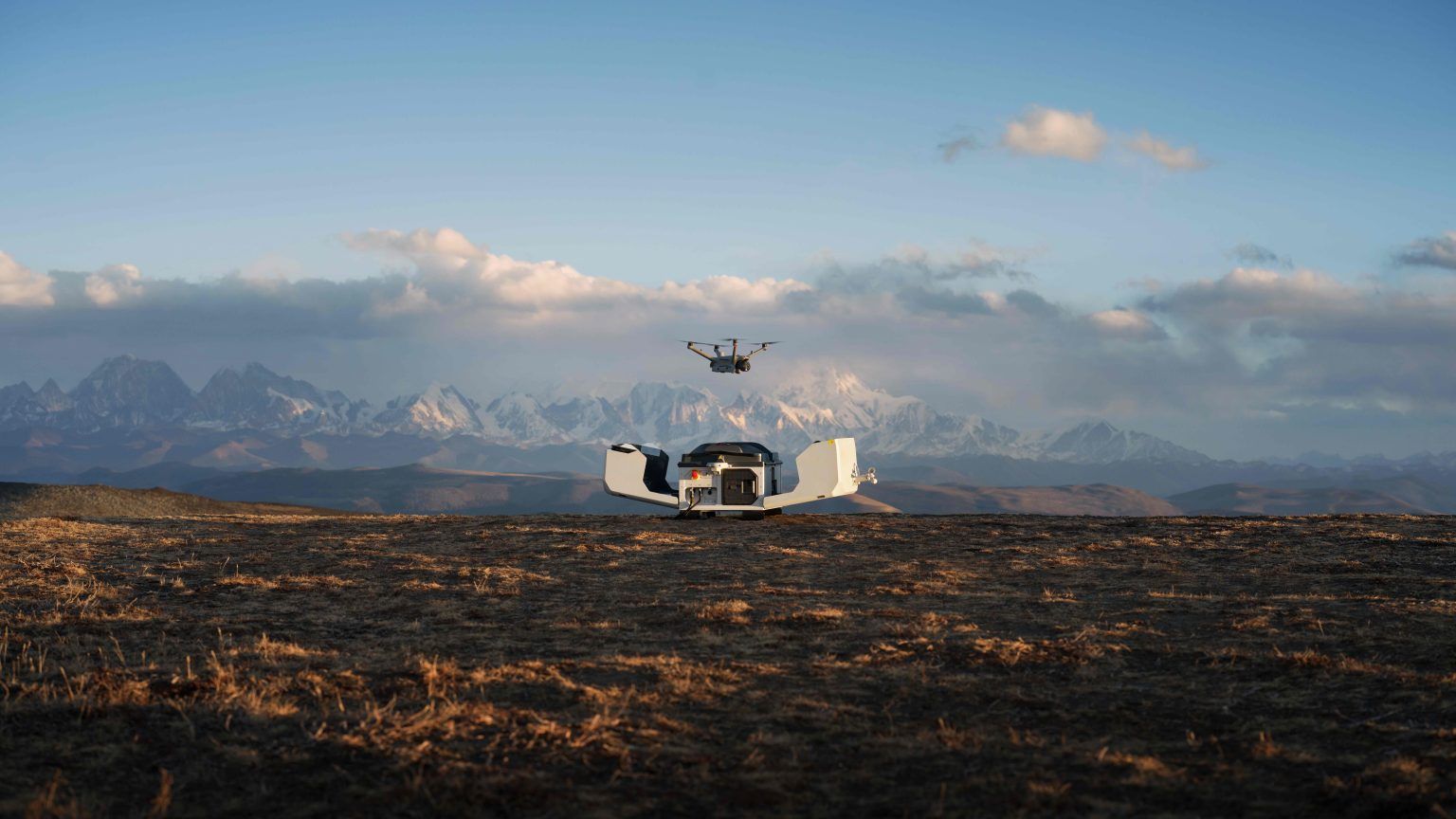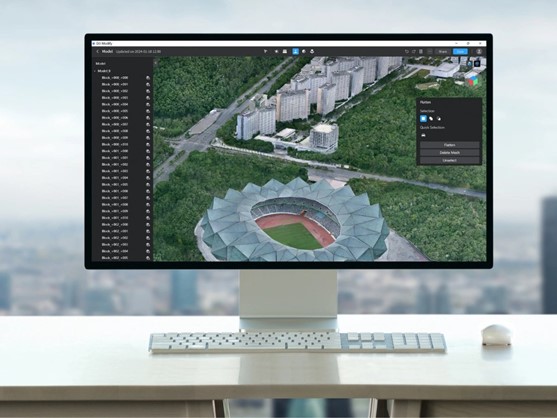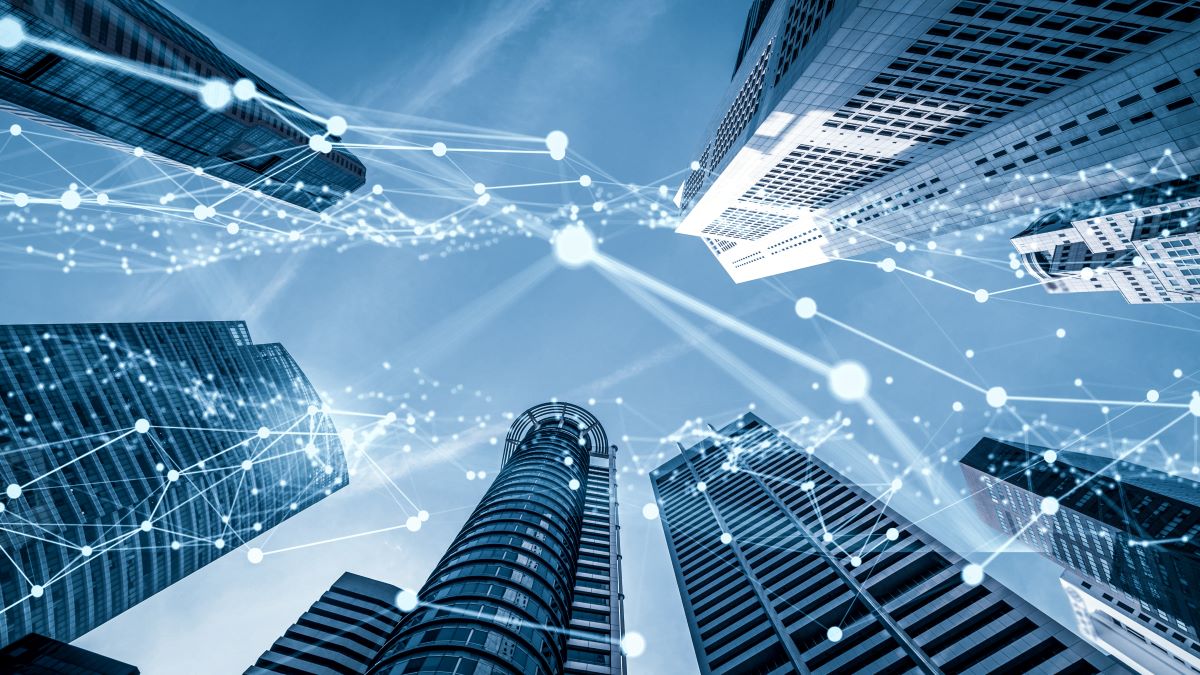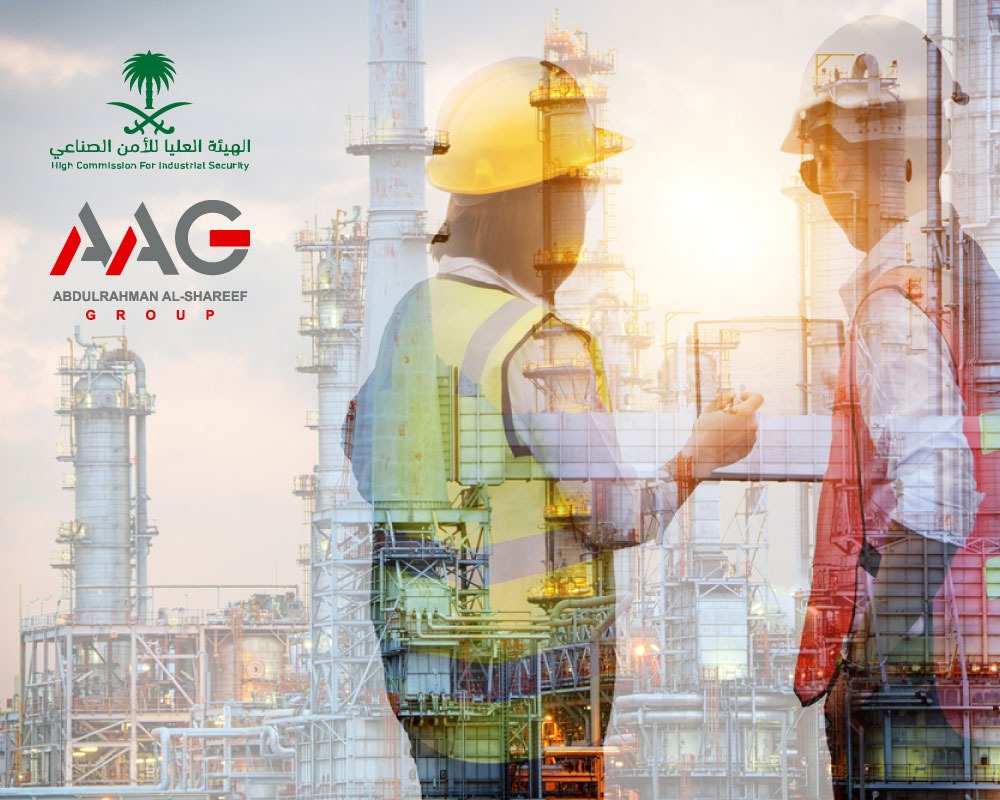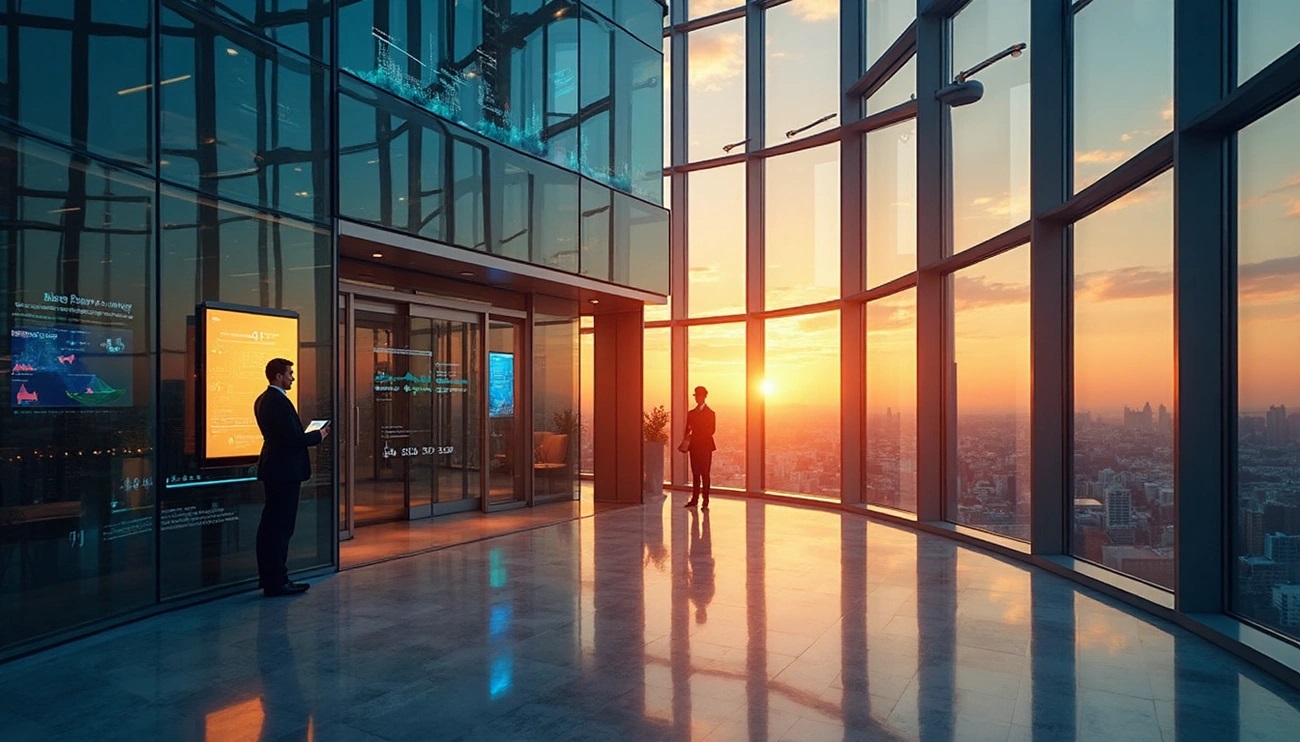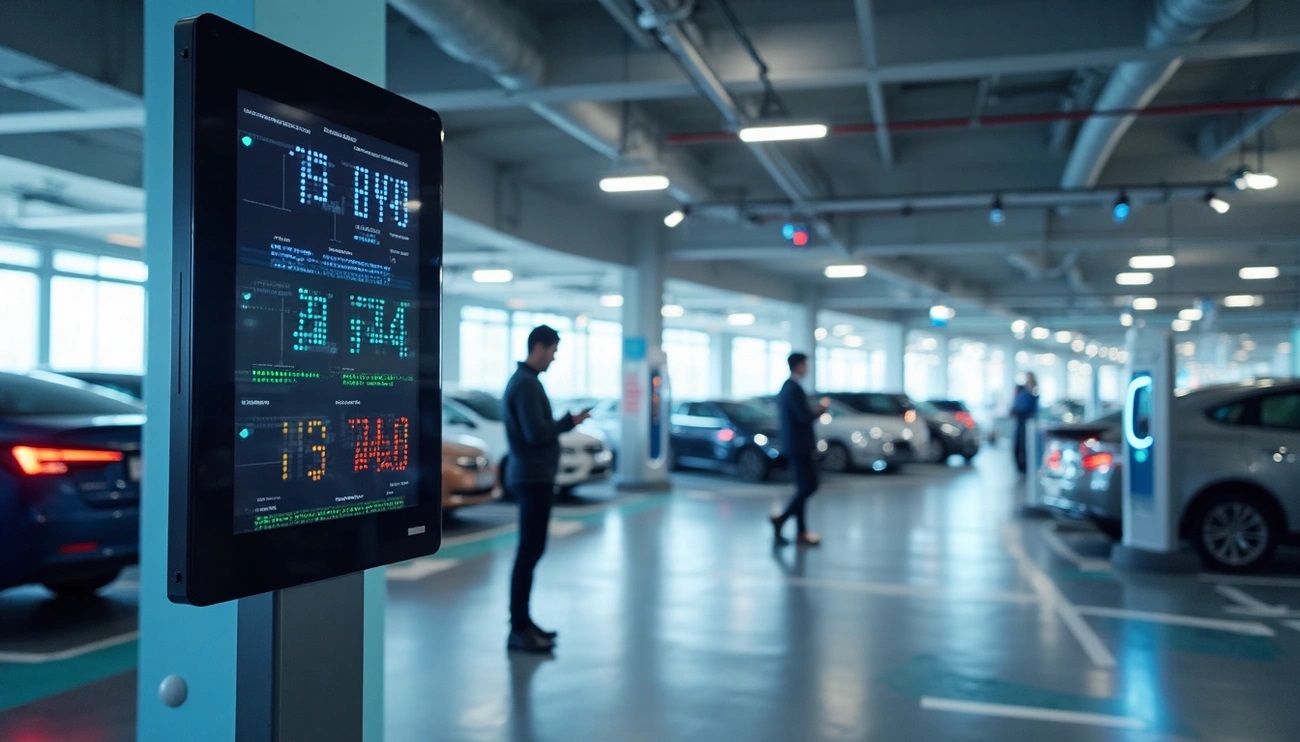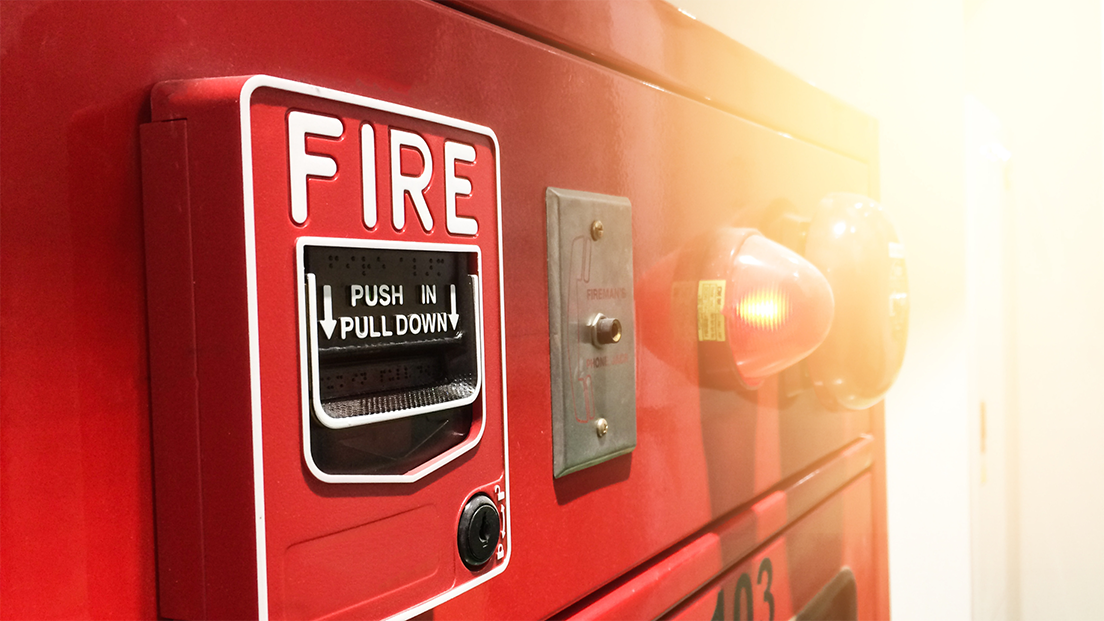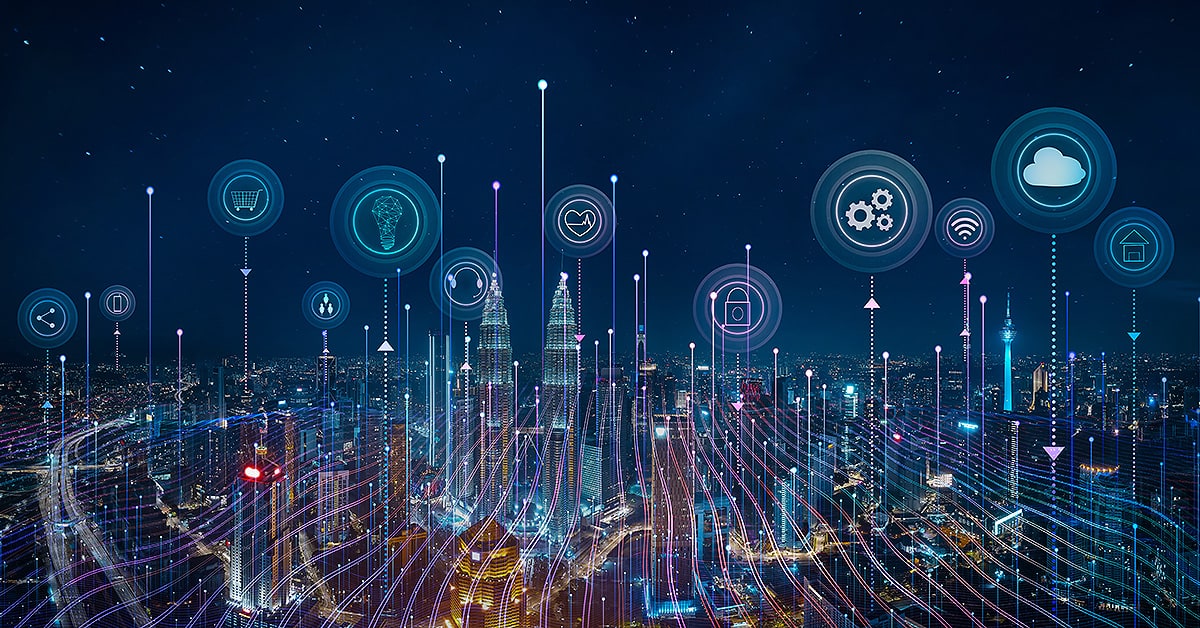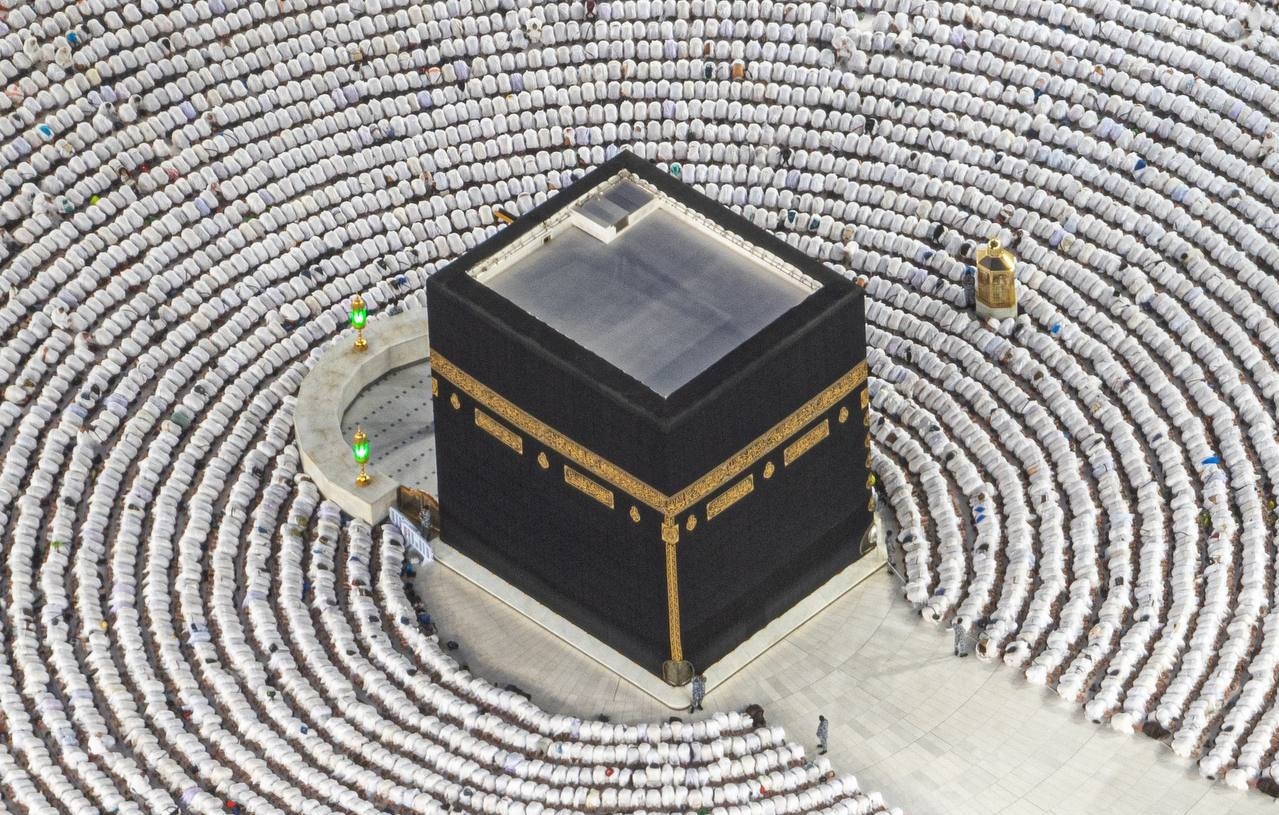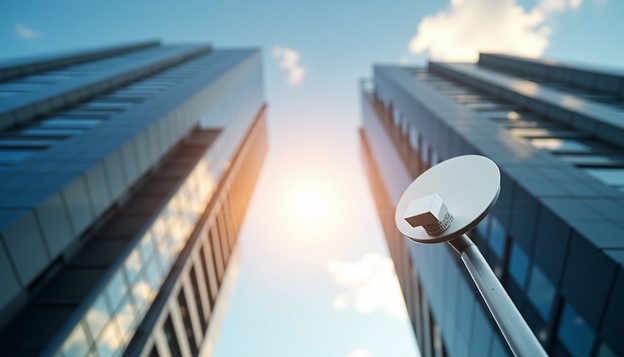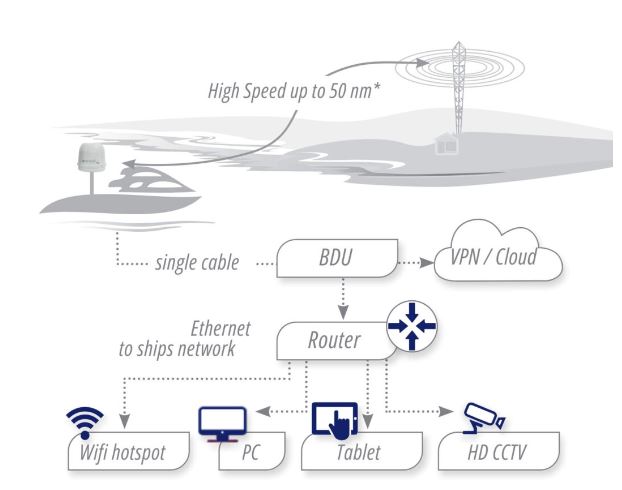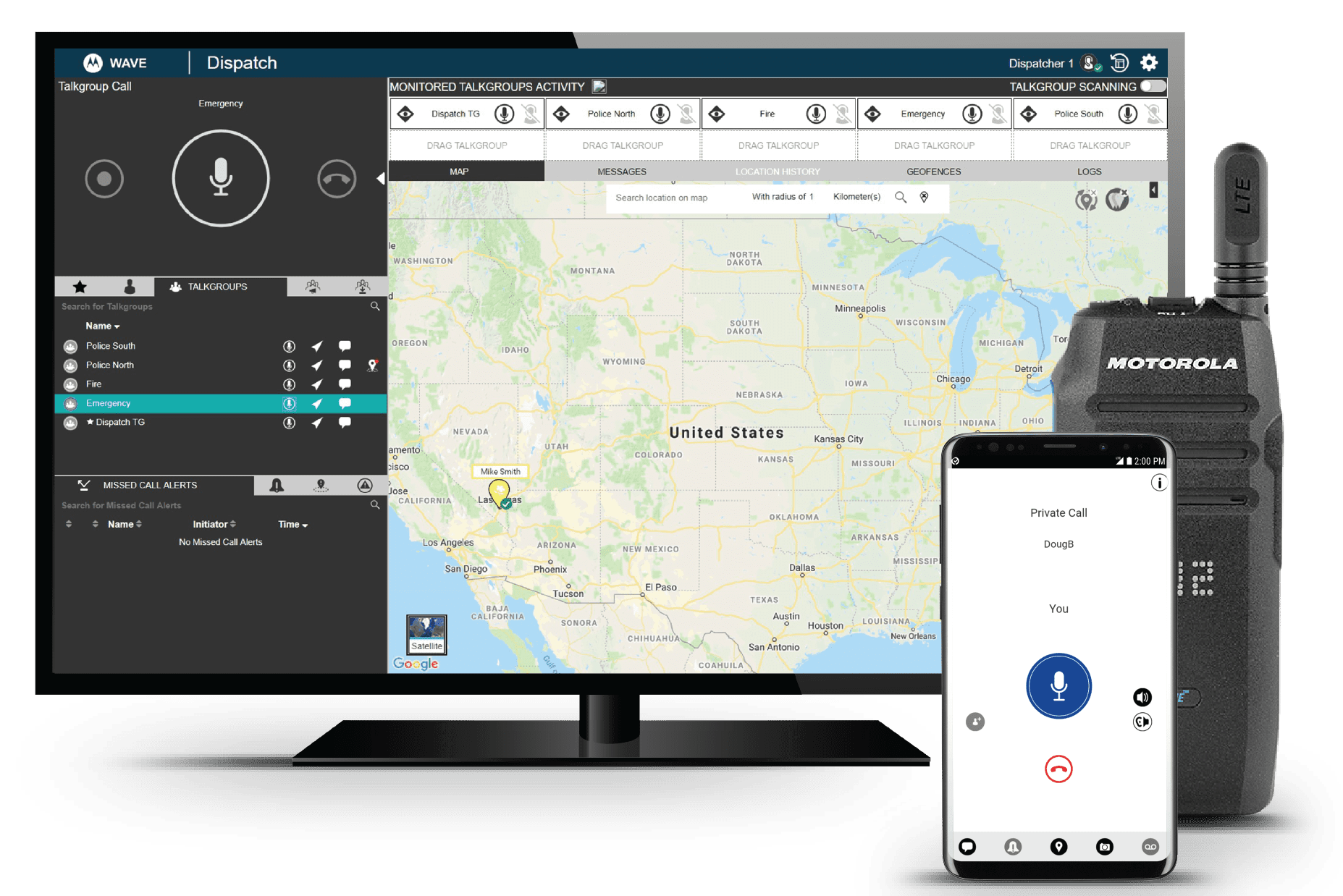Step into the world of urban skylines and witness the awe-inspiring creations of vertical transportation: elevators. These incredible machines have revolutionized the way we navigate our cities, taking us beyond ground level and into the dazzling heights of towering skyscrapers. In this article, we explore the far-reaching impact of elevators on urban landscapes, from their architectural significance to their role in reshaping city life.
Elevators are the unsung heroes of our modern cities, enabling us to efficiently traverse multiple floors in a matter of seconds. As we ascend through the concrete jungles, we are presented with breathtaking panoramic views, unveiling the true beauty of our metropolitan landscapes.
Not only do elevators provide convenience and speed, but they also serve as architectural marvels in their own right. Innovative designs and cutting-edge technologies have transformed elevators into works of art, seamlessly blending functionality with aesthetic appeal.
The Importance of Vertical Transportation in Urban Landscapes
In the ever-growing urban landscapes, where land is limited and population density is increasing, vertical transportation plays a crucial role. Elevators allow us to maximize the use of limited space by efficiently connecting multiple floors within a single building. This vertical mobility has transformed our cities, enabling the construction of towering skyscrapers that define modern urban skylines.
The advent of elevators has also had a profound impact on urban planning. It has allowed architects and city planners to reimagine the possibilities of vertical construction, leading to the creation of iconic landmarks and urban spaces. The incorporation of elevators into city planning has not only increased the available real estate but also enhanced connectivity and accessibility, making cities more inclusive and accommodating for people of all abilities.
Furthermore, elevators have become essential in ensuring the smooth functioning of various sectors such as commercial, residential, and hospitality. They enable efficient movement of people and goods, enhancing productivity and convenience. Without elevators, navigating multi-story buildings would be a daunting task, resulting in inefficient use of space and hampering economic growth.
The Role of Elevators in Modern Cities
In modern cities, elevators are ubiquitous and indispensable. They are found in residential buildings, offices, shopping malls, hospitals, and transportation hubs. Elevators not only transport people but also facilitate the movement of goods, making them vital for supply chains and logistics.
The role of elevators extends beyond mere transportation. They contribute to the overall experience and ambiance of a building. Elevators are often designed with sleek aesthetics and innovative features that enhance the user experience. From glass-paneled elevators that provide stunning views of the city to elevators with multimedia installations, these vertical transport systems have become an integral part of the architectural design and ambiance of modern buildings.
Moreover, elevators have become a symbol of technological advancement and progress. The development of high-speed elevators capable of reaching breathtaking speeds has become a testament to human engineering capabilities. These advancements have not only made vertical transportation more efficient but have also pushed the boundaries of what was once considered possible.
Types of Elevators Used in Vertical Transportation
Elevators come in various types, each with its own set of advantages and applications. The most common types of elevators used in vertical transportation include traction elevators, hydraulic elevators, machine-room-less (MRL) elevators, and pneumatic elevators.
Traction elevators are the most common type, consisting of an electric motor that drives a system of ropes and counterweights, allowing for smooth vertical movement. Hydraulic elevators, on the other hand, use hydraulic fluid and a piston to lift the elevator car. These are often used in low-rise buildings and have a reputation for their smooth and quiet operation.
Machine-room-less (MRL) elevators have gained popularity in recent years due to their space-saving design. Unlike traditional elevators, MRL elevators do not require a separate machine room, as the machinery is housed within the elevator shaft itself. This design allows for greater flexibility in building layout and reduces the overall footprint of the elevator system.
Pneumatic elevators, also known as vacuum elevators, operate on the principle of air pressure differentials. These elevators use pneumatic tubes and air suction to move the elevator car up and down. Pneumatic elevators are often chosen for their unique design and energy efficiency.
Elevator Technology Advancements and Their Role in Shaping Skylines
Over the years, elevator technology has advanced at a rapid pace, transforming the way we move vertically within buildings. One of the most significant advancements has been the development of high-speed elevators capable of traveling at astonishing speeds. These elevators have revolutionized vertical transportation, allowing for faster and more efficient movement within tall buildings.
The use of advanced materials and construction techniques has also played a pivotal role in shaping skylines. The ability to construct taller and more structurally complex buildings would not be possible without the advancements in elevator technology. Elevators equipped with sophisticated safety features and robust engineering have made it feasible to build skyscrapers that reach unprecedented heights.
Additionally, the integration of smart technologies and artificial intelligence has further improved elevator efficiency and performance. Elevators equipped with smart systems can analyze passenger traffic patterns, optimize elevator dispatching, and reduce waiting times. These technological advancements have not only improved user experience but have also made buildings more energy-efficient and sustainable.
The Influence of Elevators on Architectural Design and Urban Planning
Elevators have had a profound influence on architectural design and urban planning. The ability to transport people vertically has allowed architects and designers to create innovative and iconic structures that redefine skylines. The incorporation of elevators into building design has become an integral part of the architectural process, shaping the visual identity and functionality of modern structures.
The presence of elevators has also influenced the layout and organization of urban spaces. Buildings with multiple floors can accommodate a larger number of people and activities, leading to the creation of vibrant urban hubs. The vertical connectivity provided by elevators has allowed for the development of mixed-use buildings, where residential, commercial, and recreational spaces coexist within a single structure.
Furthermore, elevators have played a crucial role in ensuring accessibility and inclusivity in urban environments. The inclusion of elevators in public spaces, such as subway stations and airports, has made it easier for people with disabilities or limited mobility to navigate the city. Elevators have become a symbol of equal access and have contributed to the creation of more inclusive and welcoming urban environments.
Abdulrahman Al-Shareef Group and Its Contributions in Elevator Installation and Maintenance
One prominent player in the elevator industry is Abdulrahman Al-Shareef Group. With decades of experience, we have established ourselves as leaders in elevator installation and maintenance. Our commitment to innovation and quality has made us a trusted partner for architects, builders, and developers in creating cutting-edge vertical transportation solutions.
Abdulrahman Al-Shareef Group specializes in the installation of a wide range of elevators, including high-speed elevators, hydraulic elevators, MRL elevators, and pneumatic elevators. Our team of skilled technicians ensures the smooth and efficient installation of elevators, adhering to the highest safety standards and industry regulations.
In addition to installation, Abdulrahman Al-Shareef Group provides comprehensive maintenance services to ensure the long-term performance and reliability of elevators. Regular maintenance and inspections are crucial in ensuring the safe operation of elevators and minimizing downtime. Our proactive approach to maintenance helps prevent potential issues and ensures that elevators are always in optimal condition.
Conclusion: The Continuing Evolution of Elevators and Their Significance in Urban Skylines
Elevators have come a long way since their inception, and their impact on urban skylines and vertical transportation cannot be overstated. As cities continue to grow and evolve, elevators will play an increasingly vital role in shaping our urban landscapes.
The advancements in elevator technology, architectural design, and urban planning have allowed for the construction of awe-inspiring structures that defy gravity. Elevators have become a symbol of progress and human ingenuity, pushing the boundaries of what was once considered possible.
Abdulrahman Al-Shareef Group continue to drive innovation in the elevator industry, ensuring that vertical transportation keeps up with the demands of modern cities. As we look to the future, elevators will continue to evolve, providing even faster, safer, and more efficient means of vertical transportation.
Embark on this captivating journey through urban skylines and vertical transportation, and witness the transformative power of elevators in shaping our cities and our lives. Let us marvel at the architectural wonders that elevate us beyond ground level, and appreciate the unsung heroes that make our urban landscapes truly extraordinary.

